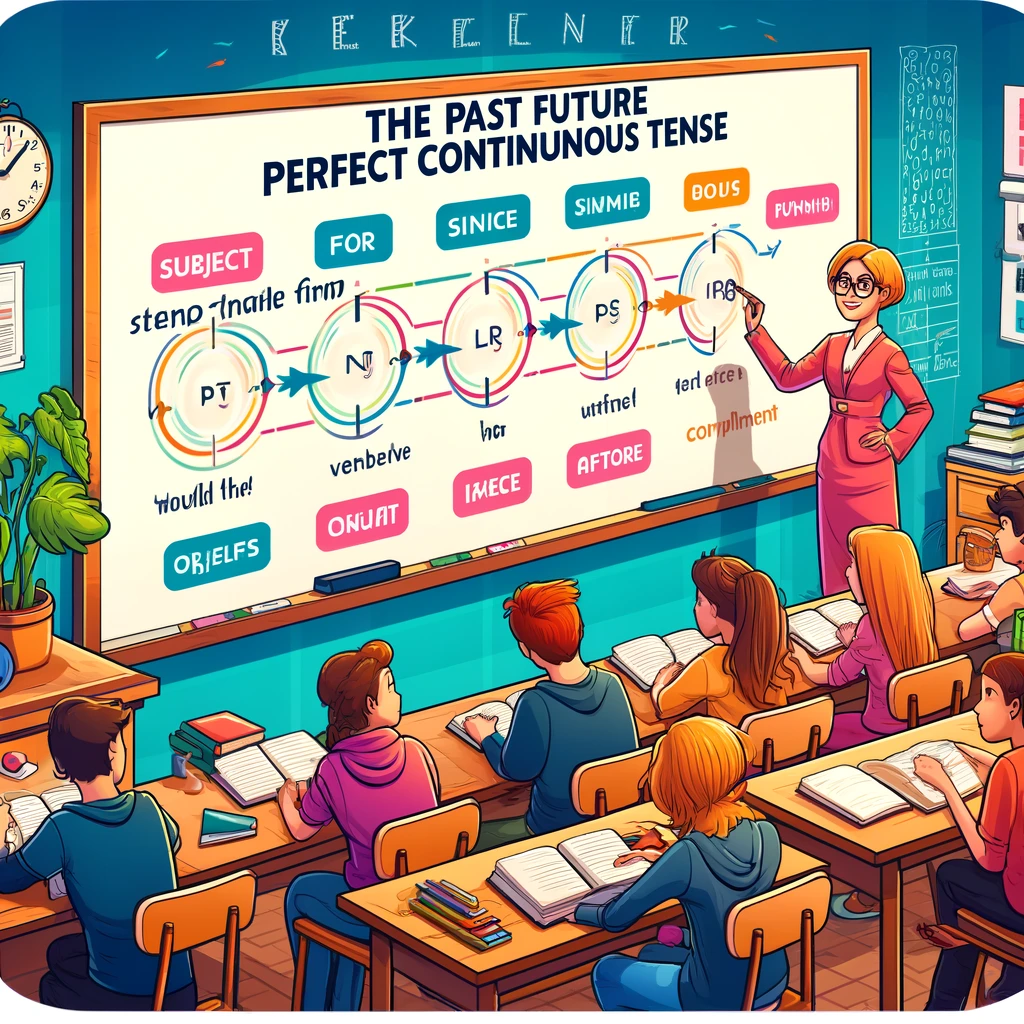The Future Continuous Tense
The Future Continuous Tense is an essential aspect of English grammar that allows speakers to describe actions that will be ongoing at a specific point in the future. This tense is particularly useful for expressing future activities that are planned or expected to occur over a duration of time.
Definition
The Future Continuous Tense describes actions that will be happening at a particular moment in the future. It emphasizes the duration or continuity of an activity that will be in progress at a future time.
Uses
The Future Continuous Tense is used in various contexts, including:
- Actions in Progress at a Specific Future Time
This tense indicates that an action will be ongoing at a particular future moment.
Examples:
- This time next week, I will be traveling to Japan. (The action of traveling will be happening at a specific future time.)
- At 10 PM tonight, she will be working on her project. (The action of working will be happening at 10 PM.)
- By tomorrow morning, they will be flying to New York. (The action of flying will be ongoing tomorrow morning.)
- Planned Future Activities
It expresses activities that are already planned or arranged to happen in the future.
Examples:
- She will be meeting with the clients tomorrow afternoon. (The meeting is a scheduled activity that will take place in the future.)
- We will be attending the conference next week. (Attending the conference is a planned activity for next week.)
- He will be hosting a dinner party on Friday. (Hosting the dinner party is a pre-arranged event for Friday.)
- Predicting the Present
Sometimes, it is used to speculate about what is currently happening, based on future knowledge.
Examples:
- They will be arriving at the airport right now. (Based on future plans, the speaker predicts the current activity.)
- She will be having lunch at this moment. (The speaker assumes that she is currently having lunch based on her usual schedule.)
- He will be studying for his exams now. (The speaker predicts that he is studying at the present moment, considering his upcoming exams.)
Pattern
The grammatical pattern of the Future Continuous Tense involves the following structure:
Subject + will be + present participle (verb+ing)
For example:
- Affirmative: “I will be studying at 8 PM.”
- Negative: “She will not be coming to the party.”
- Interrogative: “Will they be joining us for dinner?”
Time Signals
Common time signals used with the Future Continuous Tense include:
- At this time next week
- Tomorrow at [specific time]
- In the future
- Next [day/week/month/year]
Common Mistakes and How to Avoid Them
Learners often make mistakes with the Future Continuous Tense. Here are some common errors and tips to avoid them:
- Incorrect Auxiliary Verb Usage
- Mistake: “I am will be studying.”
- Correction: Use “will be” correctly: “I will be studying.”
- Tip: Remember that “will” is always followed by “be” and then the present participle.
- Misplacing Time Signals
- Mistake: “I will be at this time next week studying.”
- Correction: Correctly place the time signal: “At this time next week, I will be studying.”
- Tip: Place time signals at the beginning or end of the sentence for clarity.
- Forgetting the Present Participle Form
- Mistake: “She will be to cook dinner.”
- Correction: Use the present participle form: “She will be cooking dinner.”
- Tip: Always use the -ing form of the verb after “will be.”
Conclusion
The Future Continuous Tense is a versatile and useful tense for describing actions that will be ongoing at a specific future time, planned future activities, and speculating about the present based on future knowledge. By understanding its structure, uses, and common time signals, learners can effectively use this tense to communicate their future plans and predictions. Avoiding common mistakes ensures clarity and accuracy in usage.



